The wintering population of Egyptian Vultures in Ethiopia
Guest Blog by Volen Arkumarev
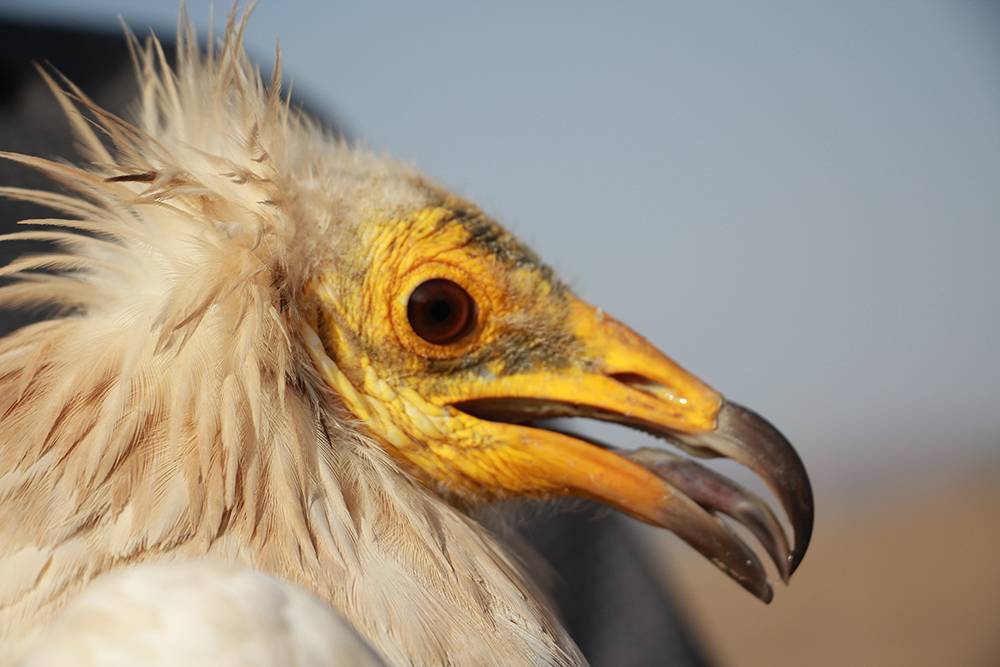
During the second half of January 2019 a team from BSPB, RSPB, BirdLife Africa, EWNHS, SCF, NCF and APLORI**(full details below) conducted a field survey to establish the number of wintering Egyptian Vultures in Afar region in Ethiopia and to identify the main threats they face. The expedition was held under the frame of the Egyptian Vulture New LIFE project, which unites the efforts of partners from 14 countries along the species’ flyway, from the Balkans, through the Middle East to East Africa, to conserve one of the most charismatic and threatened vulture species. Afar holds the largest known congregation of wintering Egyptian Vultures in Africa and thus is important for its conservation.
We aimed to count the Egyptian Vultures roosting on pylons along the main roads in Afar, but also to trap and tag with GPS transmitters vultures from various ages in order to shed more light on their behavior, origin and most importantly the threats they might face.
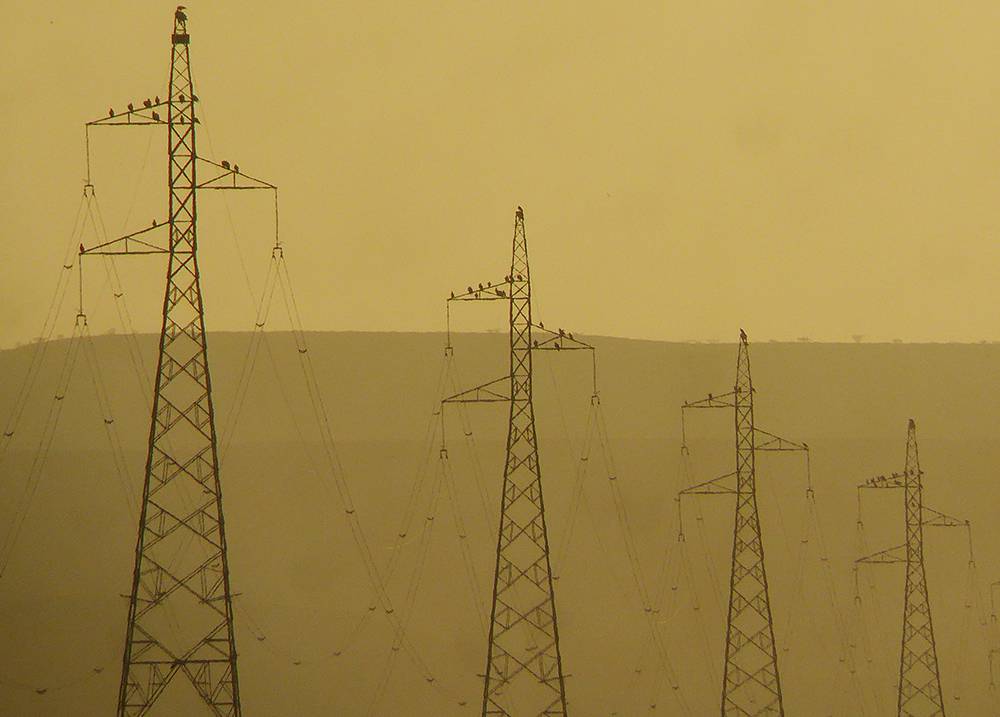
We started from Addis Ababa and followed the main road to Djibouti. The first Egyptian Vultures appeared near the town of Metehara. They were enjoying the last sunlight perching in small groups on the high-voltage pylons along the road. During the first expedition held some years ago my colleagues met a local man who witnessed a case of four Egyptian vultures electrocuted in the vicinity of the town. This information has stuck in my head since then. We decided to conduct ground surveys under the hazardous middle-voltage powerlines just outside the town. Soon after we started, we came across a group of 30 Rüppell’s and White-backed Vultures feasting on a dead goat. One Rüppell’s Vulture was perching on the pole when another came to displace it, fortunately both were lucky today and didn’t get electrocuted. For just few kilometers we found remains from three Egyptian Vultures, Ruppell’s, White-backed and Hooded Vultures proving the powerline as a dangerous killer. This and other hazardous powerlines will be insulated in the frame of the project in the upcoming months.
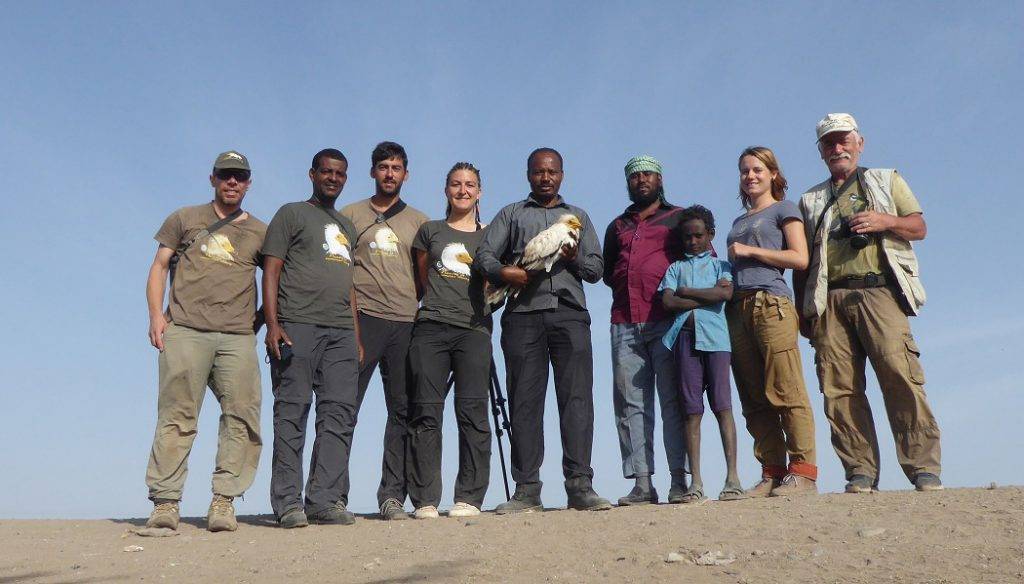
We continued further north through Awash towards Semera which is the regional capital of Afar. In the late afternoons we were tirelessly counting hundreds of Egyptian Vultures arriving to roost together on the high-voltage poles. At the end of the day both teams were comparing their results and raising a winner with most Egyptian Vultures recorded. In total we counted 1644 Egyptian Vultures which is a bit higher than the figures we had from the previous counts in 2009, 2010 and 2013.
Named after mountains, volcanos and local tribe leaders….Chuupa, Ardi, Kero, Fentale, Ertale, Lucy and Alimera – these are the seven Egyptian vultures which we managed to trap and tag with GSM/GPS transmitters. We were trapping at the rubbish dumps where vultures are usually feeding in bigger numbers. We had to set the traps before the first sunlight as Egyptian Vultures are among the first birds to arrive and feed. However, besides the Egyptian Vultures those places were like centers of life and visited by dogs, donkeys, goats and a high number of Marabous, Hooded Vultures, Sacred Ibises which made the trapping a real challenge. A gorgeous male in pure white plumage and bright orange face was the long-waited reward of our efforts.
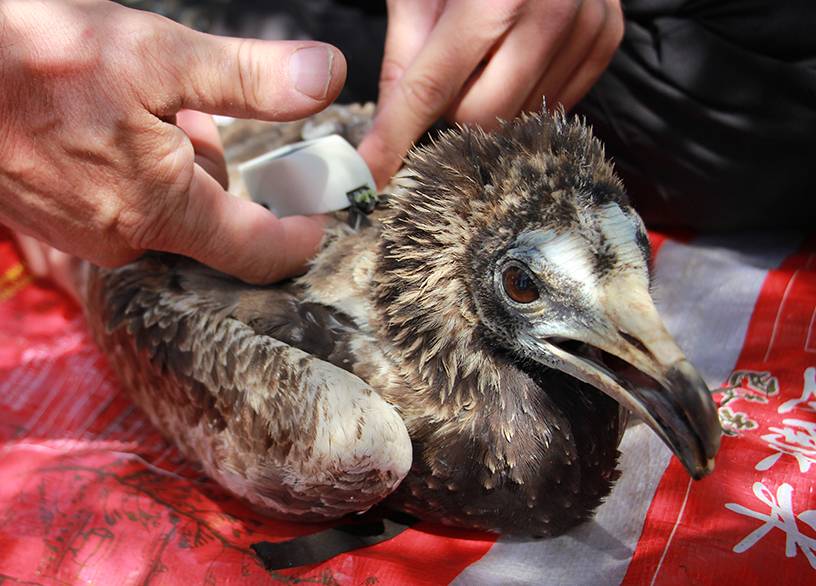
All seven vultures seem to be doing well after the release. They are again freely roaming over the dry riverbeds and sleeping volcanos. Two are adults and should soon start their spring migration towards the breeding grounds. The data collected will significantly contribute to understand better the ecology of this globally threatened species, and inform adequate conservation measures in its wintering grounds and along the flyway.
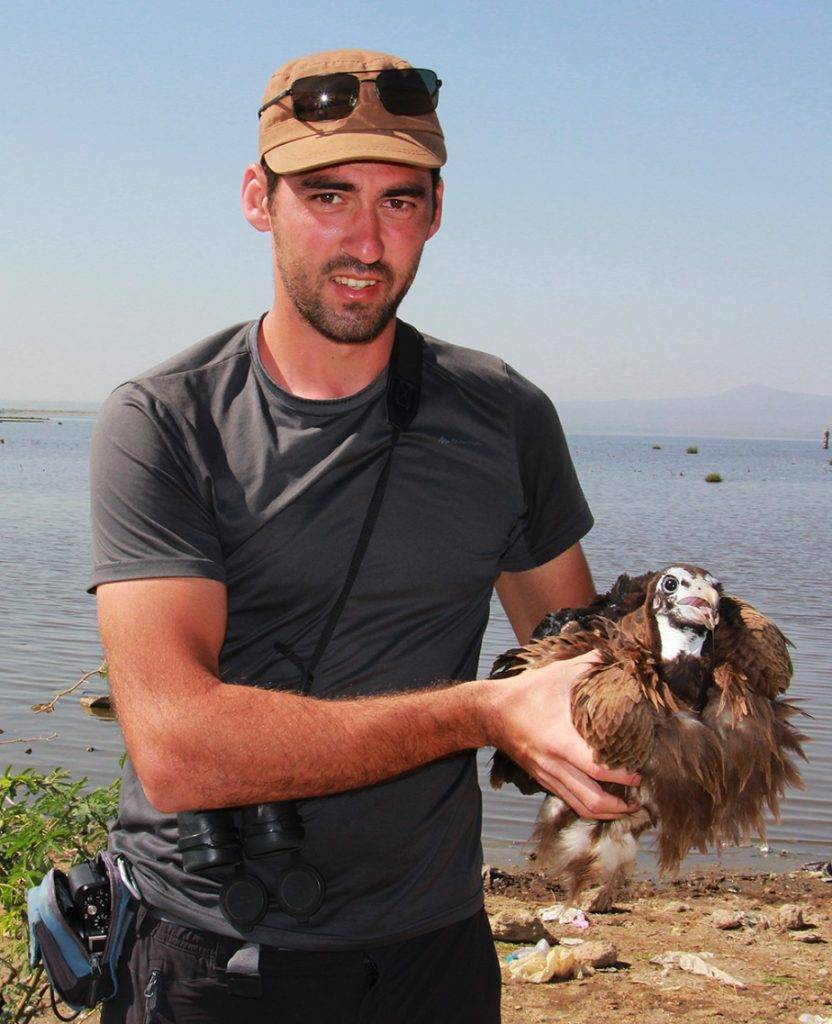
**These organisations are
Bulgarian Society for Bird Protection
Royal Society for the Protection of Birds
Ethiopian Wildlife and Natural History Society
Sahara Conservation Fund
Nigerian Conservation Foundation
AP Leventis Ornithological Research Institute
